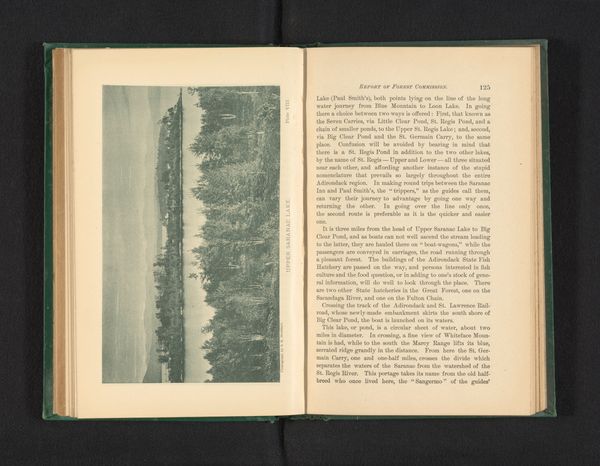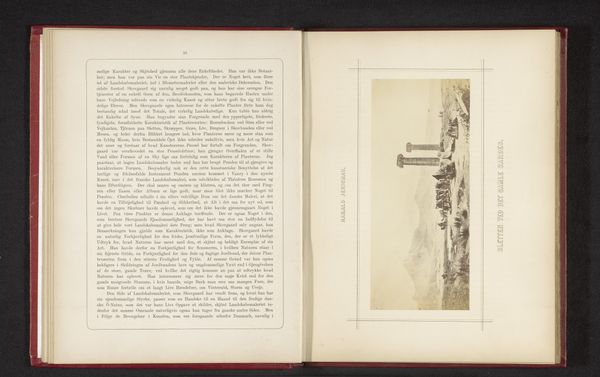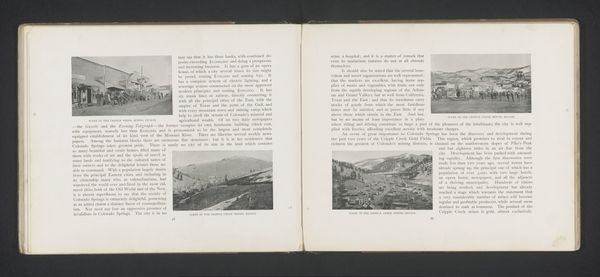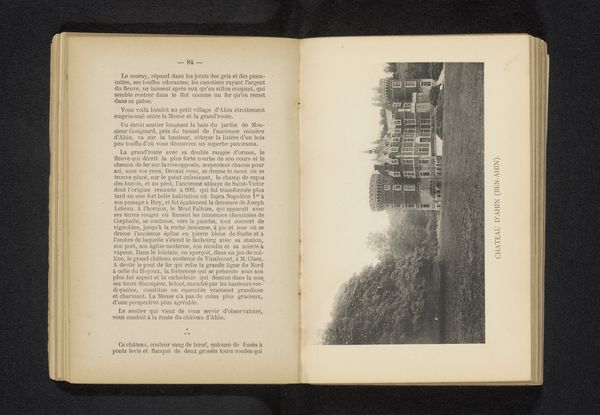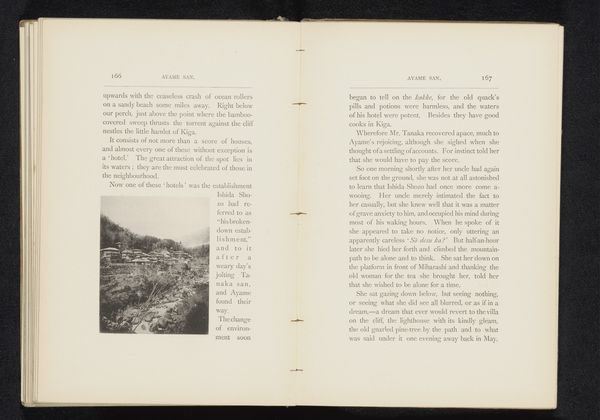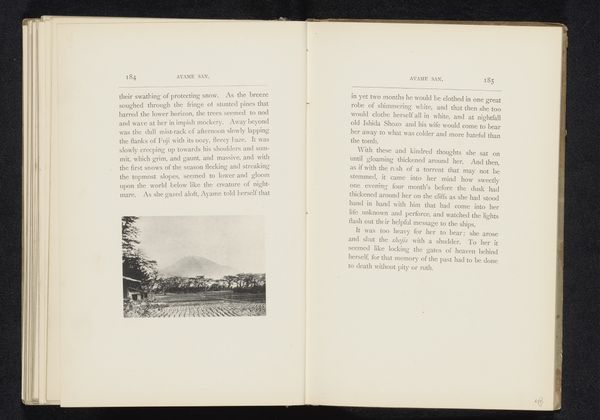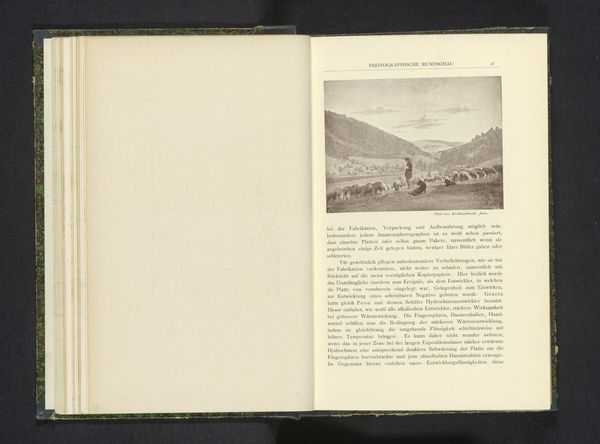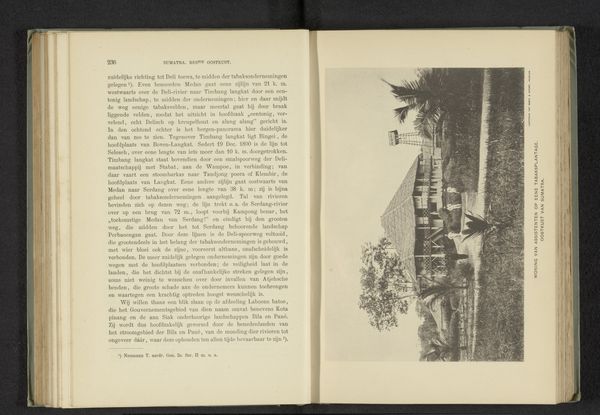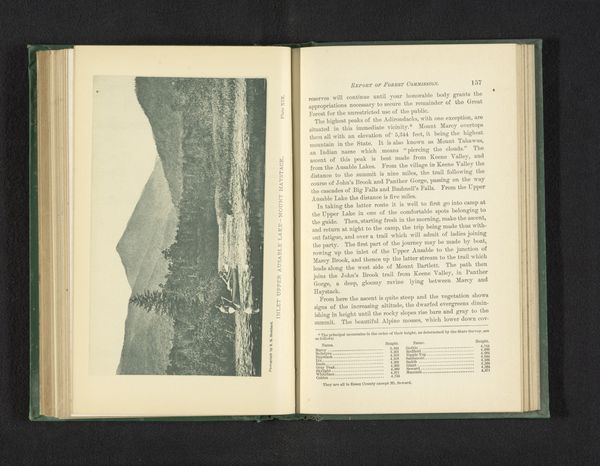
Gezicht op het drogen van theebladeren bij een theeplantage in Nederlands Oost-Indië before 1894
0:00
0:00
print, photography
# print
#
landscape
#
photography
#
orientalism
Dimensions: height 118 mm, width 151 mm
Copyright: Rijks Museum: Open Domain
Editor: This image, "Gezicht op het drogen van theebladeren bij een theeplantage in Nederlands Oost-Indië"—A View of Drying Tea Leaves at a Tea Plantation in the Dutch East Indies—was created before 1894 and is held at the Rijksmuseum. The material listed is photography and print. The endless repetition of the tea-drying mats leading into the distance makes me feel a little uneasy, to be honest. What stands out to you? Curator: The repetition certainly contributes to a sense of endlessness, doesn't it? This image, with its landscape style, isn't just a scenic view. The visual arrangement carries significant symbolic weight. We have the meticulous arrangement of the drying mats, the neat structures, and the backdrop of the distant mountains. This photograph presents a potent symbol of colonial enterprise. Consider the meticulous labor, the implied power structures… what cultural narratives might be embedded here? Editor: So you're saying the way it's composed tells a story about colonialism and the labor involved? Is that why it is described as “Orientalism”? Curator: Precisely. "Orientalism" reflects how Western artists depicted and interpreted non-Western cultures. Here, the orderliness might evoke a sense of control and resource extraction, essential aspects of colonial power. What do you think that this photo may represent the romanticism and commercial reality of Dutch presence in Indonesia? Editor: I hadn't considered it that way. It is definitely giving an insight into how commodities shaped culture at the time, portraying commercial aspirations. I think the staged presentation of tea production overlooks the real lives of people and the potential social exploitation. Curator: Yes, you are right. By analyzing the cultural and historical memory encoded into what we see, it is important to remember it is subjective based on your unique knowledge. Perhaps considering more about the local peoples’ experiences helps understand the broader context, adding more to our understanding. Editor: Absolutely! I appreciate gaining insights into colonial history through symbols.
Comments
No comments
Be the first to comment and join the conversation on the ultimate creative platform.
